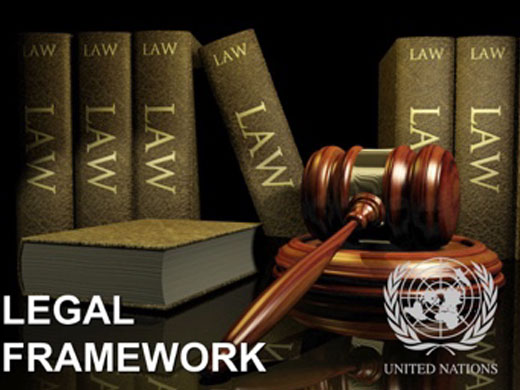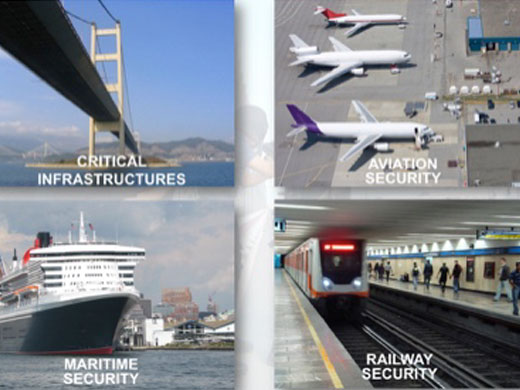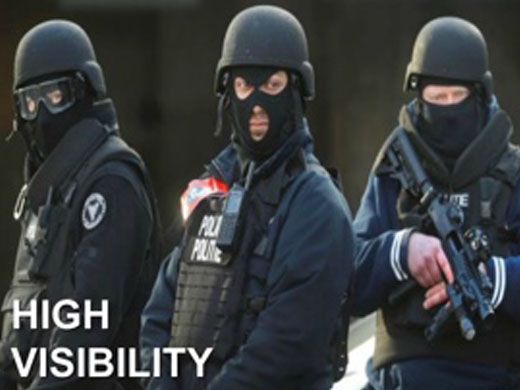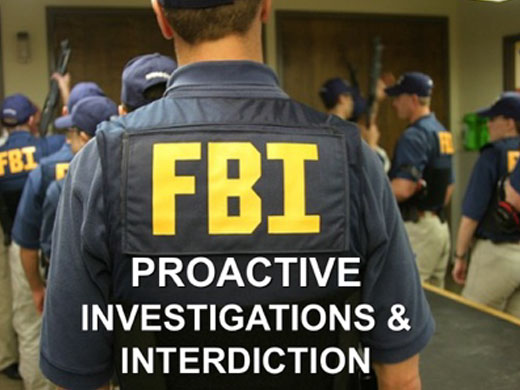Prevention: Modern Terrorism Threats

Legal Frameworks
It is essential that Governments and organizations have the necessary legal instruments in place to effectively prevent and respond to a terrorist incident. Without these, it will be very difficult for law enforcement to proactively intercept and interdict as well as investigate terrorist acts and their perpetrators. Some key questions to consider include:
- Does law enforcement have the necessary legal powers to undertake their duties?
- Are there legal provisions for the mobilization of the military if required?
- Are there international declarations related to terrorism that need to be adhered to?
- Can the terrorist’s financial assets be frozen, investigated and seized?

Threat Assessments
One of the key opportunities for preventing and interdicting possible terrorist activities is to have effective screening or monitoring at borders. Without such checking and screening processes, it is very difficult for authorities to flag any potential Person(s)-of-Interest (POI) or to monitor their movements. Whilst it may not be possible to interdict them at this stage if no crimes have yet been committed, it is at least then possible to track their subsequent movements if they are later found to be involved in any criminal or terrorist activities. It also makes it easier to determine whether they may have left the country or not. More effective border controls would also make it more meaningful when intelligence is shared between countries as there is then greater justification for POIs being given a greater level of scrutiny when passing through border checkpoints.

Border Controls
Whilst many countries now issue terrorism threat levels, not enough is being done to conduct thorough threat assessments of vulnerable locations, events or persons. It is essential that all areas of vulnerability are carefully assessed to determine if they provide opportunities for terrorist acts that might be prevented with a few security enhancements. Of course, with so many soft targets available, the threat assessments must adopt a careful balance between enhanced security and public convenience.

Target Hardening
Locations or persons identified as particularly vulnerable during the threat assessments should be carefully addressed. A high profile dignitary or business person, for example, may wish to consider arranging for enhanced personal security. High profile, high importance or symbolic targets, such as critical infrastructures, airports, transport facilities, high public traffic areas, etc, need to have enhanced CCTV coverage, security, and interface with response services.

High Visibility
Target hardening can also be achieved through an increased law enforcement or security presence, which can often act as an effective deterrent. However, bear in mind that they themselves may also become the targets of specific or secondary attacks, as was recently seen in Turkey.

Proactive Investigations & Interdiction
One of the most effective prevention tools available is proactive intelligence gathering and investigation by the authorities. This would be more effective if there was greater sharing of information between agencies. More importantly, any actionable intelligence must be promptly followed up: failure to do so may provide the necessary window or impetus for terrorists to proceed with their intended acts, as seems to have been the case in the recent Brussels attacks. This will then leave the authorities open to significant public and media censure if it later transpires that they were in a position to interdict the event and, for whatever reason, chose not to.

Peter R. Morgan is the Director of Crisis Avert Ltd and spent over 33 years in law enforcement. He was closely involved in CT-response as Commander of the Police Crisis Negotiation Unit for 12 years, responsible for counter-terrorist incidents, public order negotiations, serious criminal and domestic crisis incidents as well as suicide intervention and barricaded situations. He is also the author of “Critical Issues in Crisis Negotiations”, available on Amazon. This article is adapted from a presentation given at the Asia Emergency Management Conference in May 2016. For more information, please contact Peter at prmorgan@crisisavert.com or visit www.CrisisAvert.com.
Would you like Peter to speak at your upcoming event or conference? Get in Touch!
If you’re interested in booking Peter for a future event, then get in touch directly to discuss details and arrangements using the contact form below:
